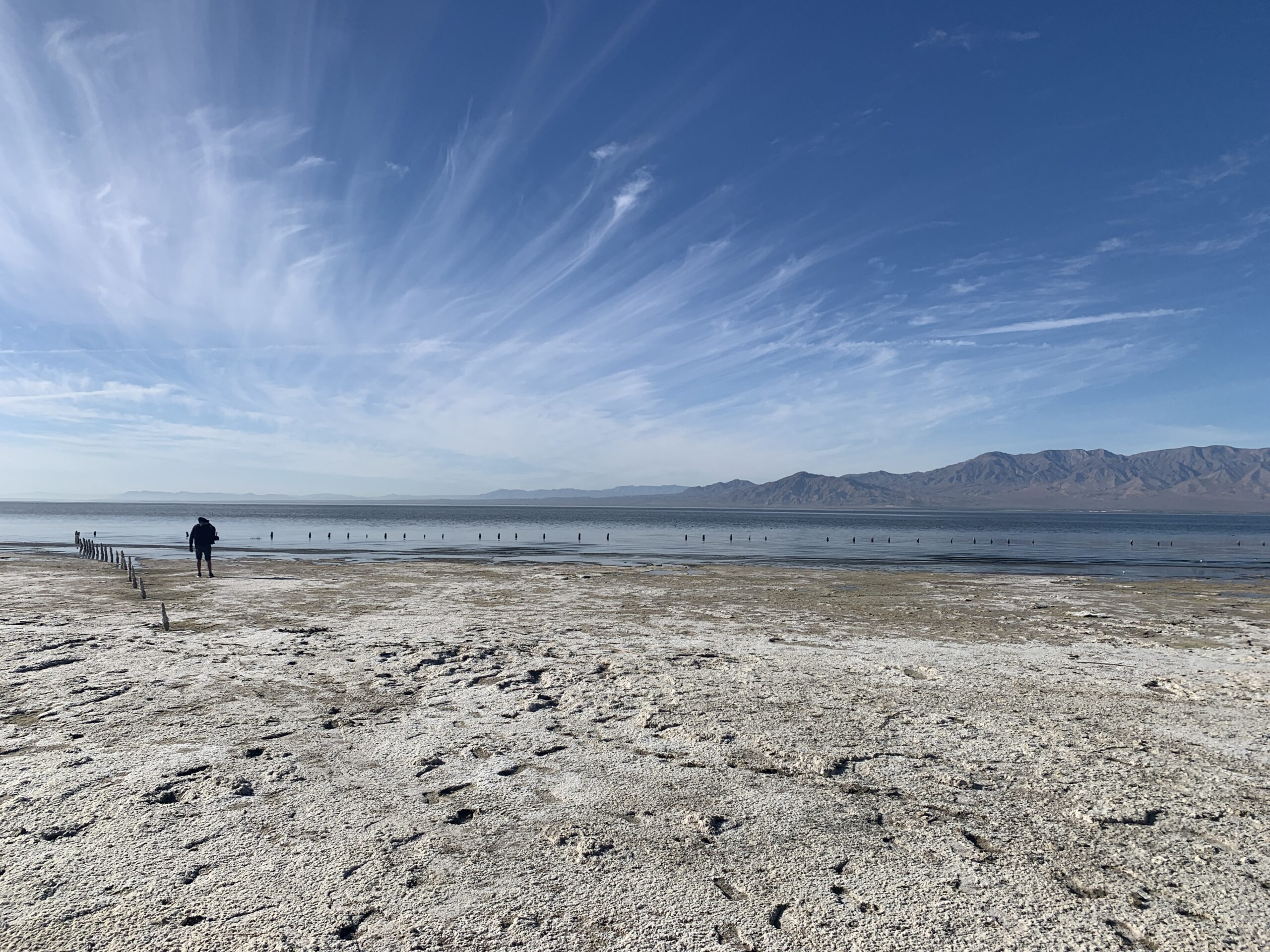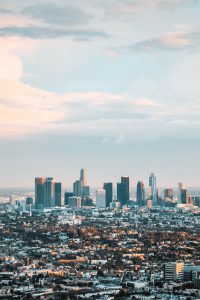
Salton Sea Exceedances of California’s Air-Quality Standards Highlight Governance Gaps and Monitoring Needs
Executive Summary
The Salton Sea region is known for its poor air-quality, which is often linked to dust and contributes to alarmingly high rates of respiratory problems among residents. However, air-quality issues extend beyond dust. Residents also face the distressing reality of frequent hydrogen sulfide (H2S) emissions. Depending on individual experiences, these emissions can range from uncomfortable to severely suffocating.
To gauge the severity of these concerns, the Salton Sea Environmental Timeseries (SSET), a community-based research group, recently installed two hydrogen sulfide monitors in the area. Their data indicates that H₂S emissions consistently exceed the California Air Resources Board state standard of 30 parts per billion (ppb), with 243 hours above this threshold recorded between May and September 2024 alone. Existing government air-quality monitors, located north of the Salton Sea, primarily detect H₂S only when winds blow from the southeast, whereas SSET data show elevated emissions occur regardless of wind direction. This highlights a critical gap in the current government monitoring network, which fails to capture the full scope of H₂S pollution.
As more data highlight connections between water and air-quality, it is crucial to monitor air-quality in all its aspects, not just those related to dust. The Salton Sea region has a predominantly low-income Latinx, immigrant, and Indigenous population across two California counties. The persistent issue of hydrogen sulfide pollution serves as a clear example of environmental injustice. For over two decades, the state and federal governments have been legally obligated to restore the Salton Sea—meeting that obligation today means pairing public health action with robust monitoring. To meet these obligations, the State must adopt the following policies to accelerate and strengthen restoration:
1. Enforcing and Reviewing Hydrogen Sulfide Standards
2. Creating a Unified Salton Sea Air and Water Quality Authority and Expanding H2S Monitoring
3. Coordinate Community Health and Organizational Support
4. Ensure Community-Led Repurposing of the Contaminated Playa











